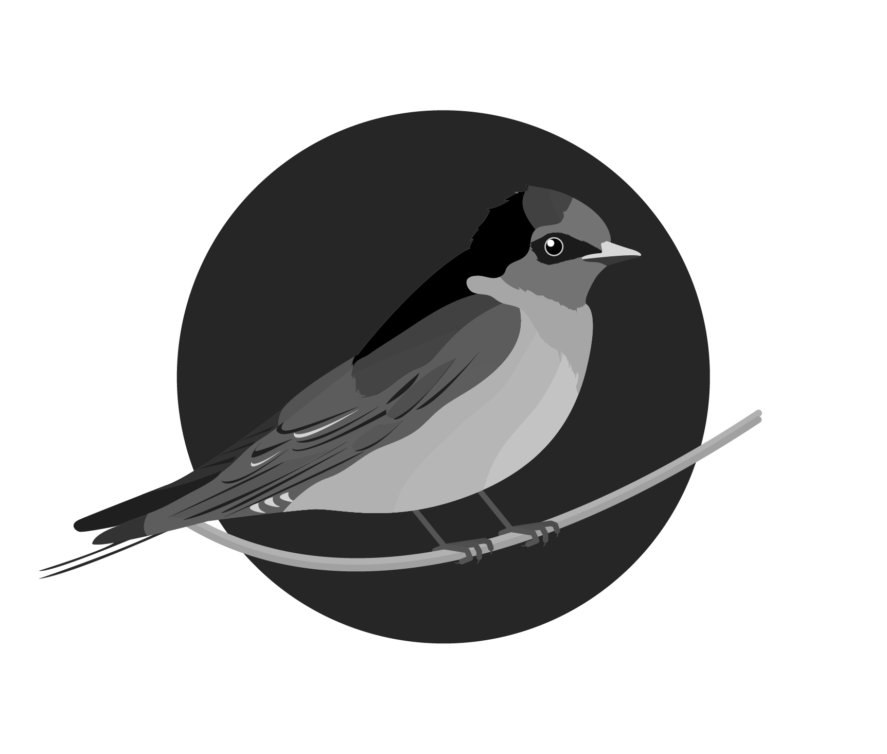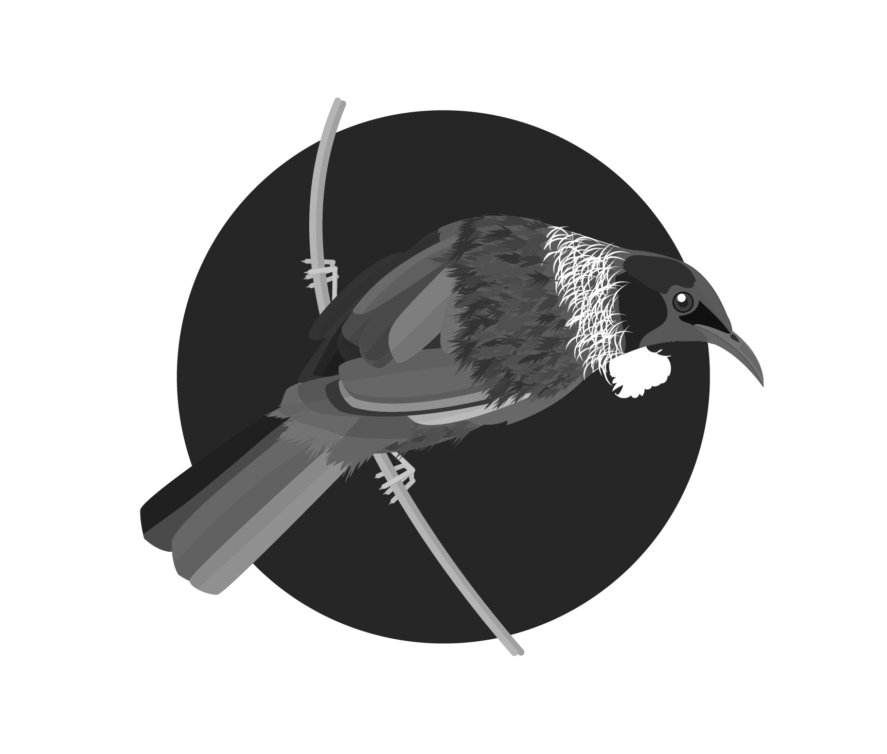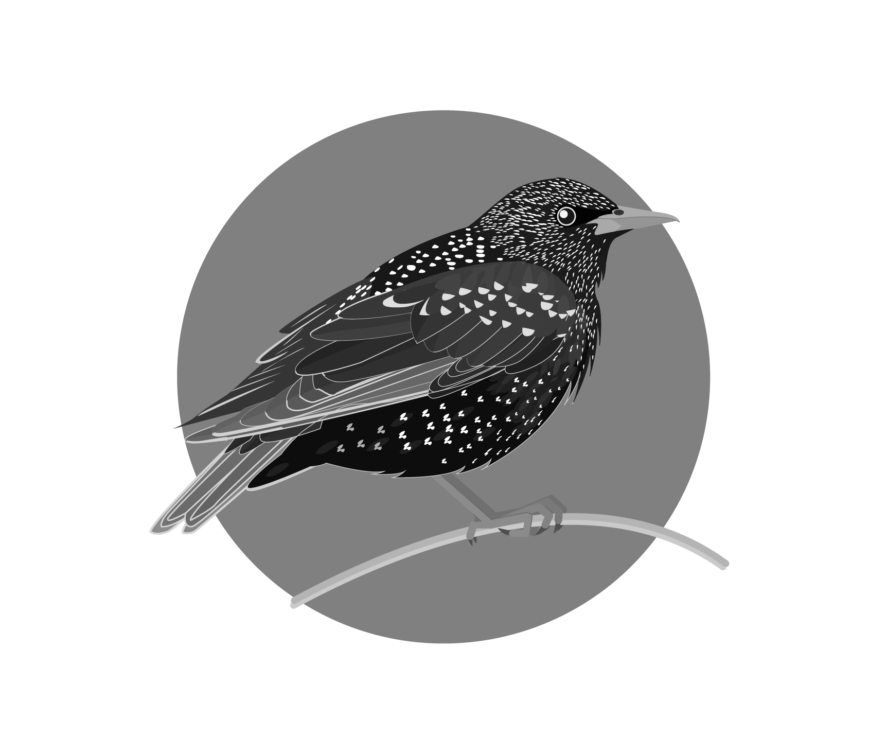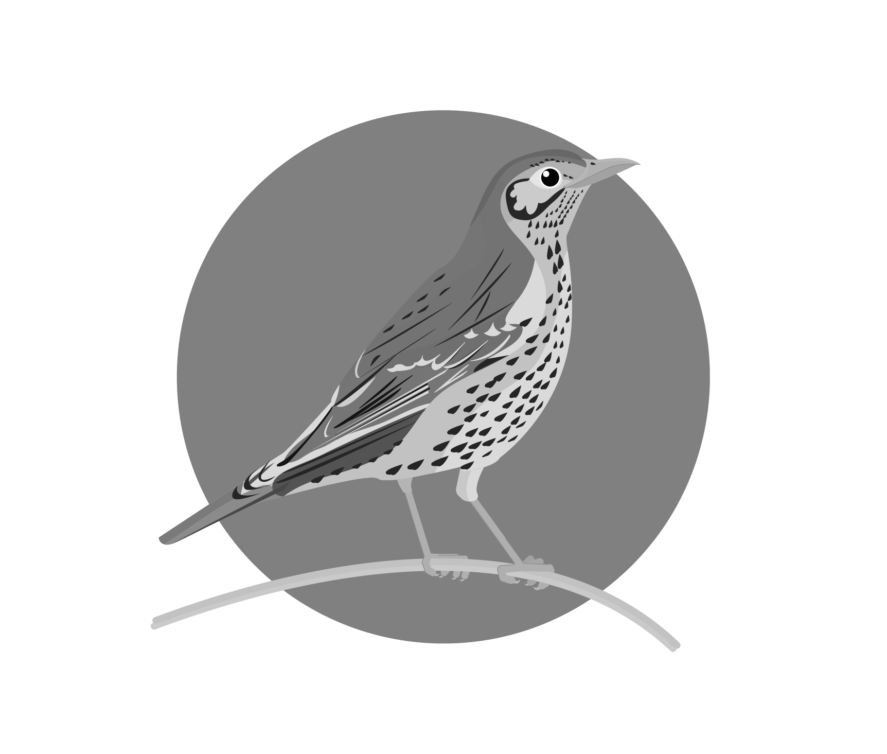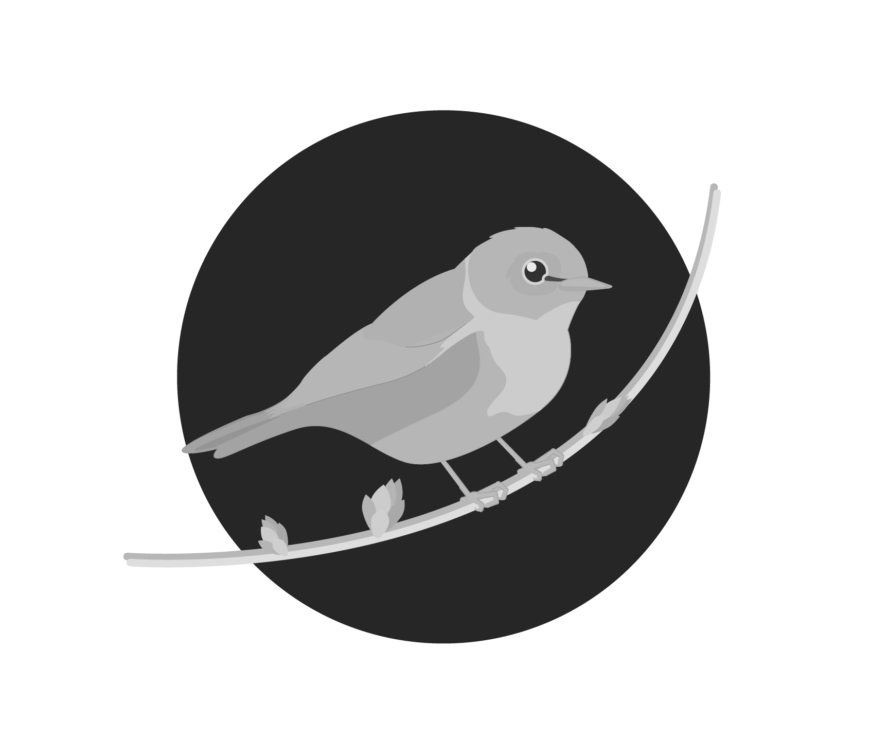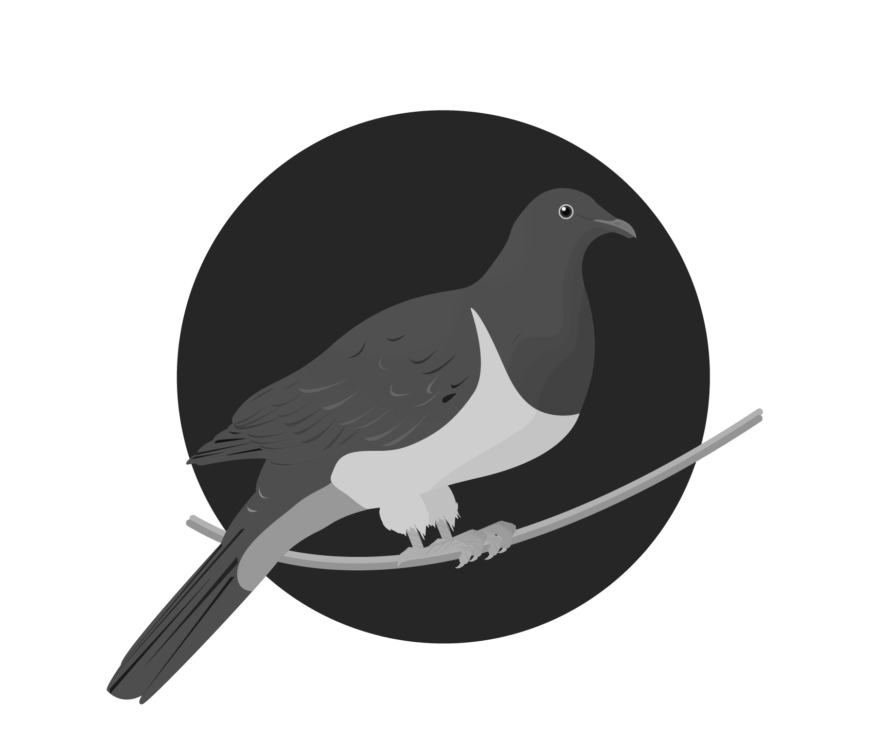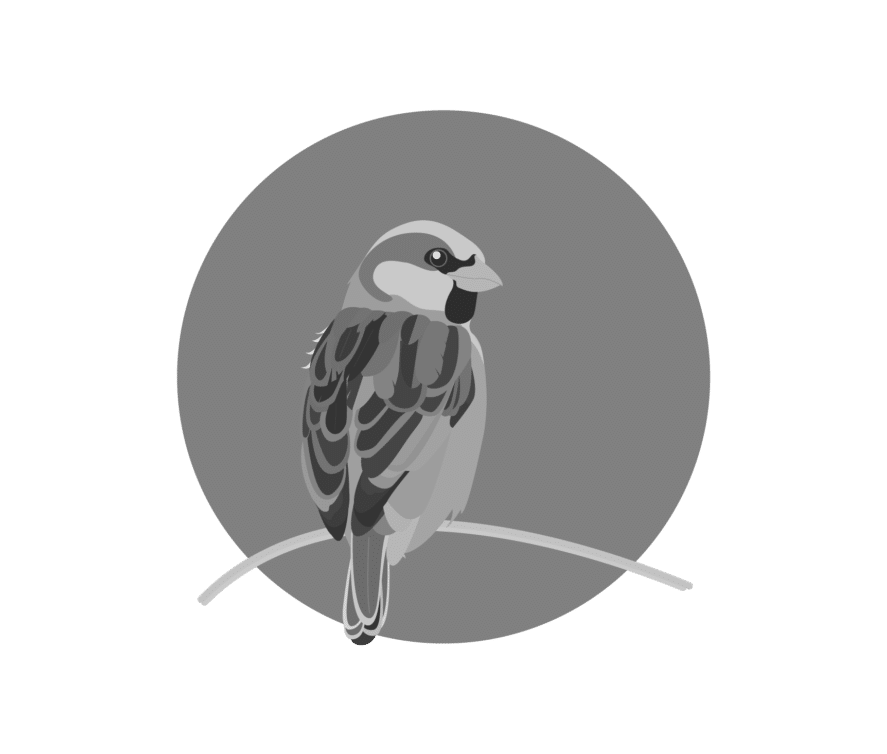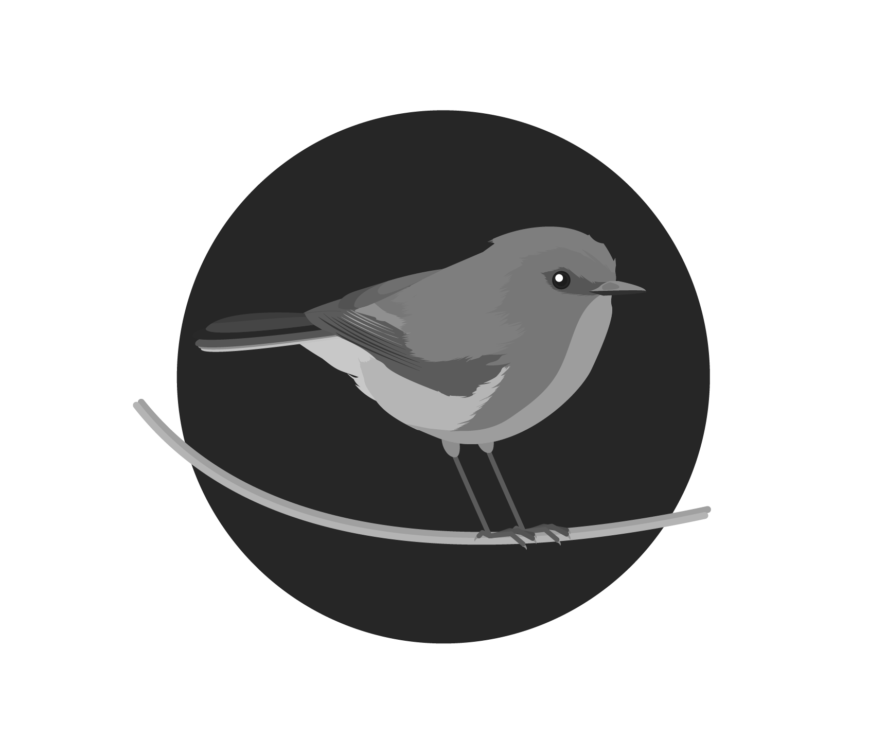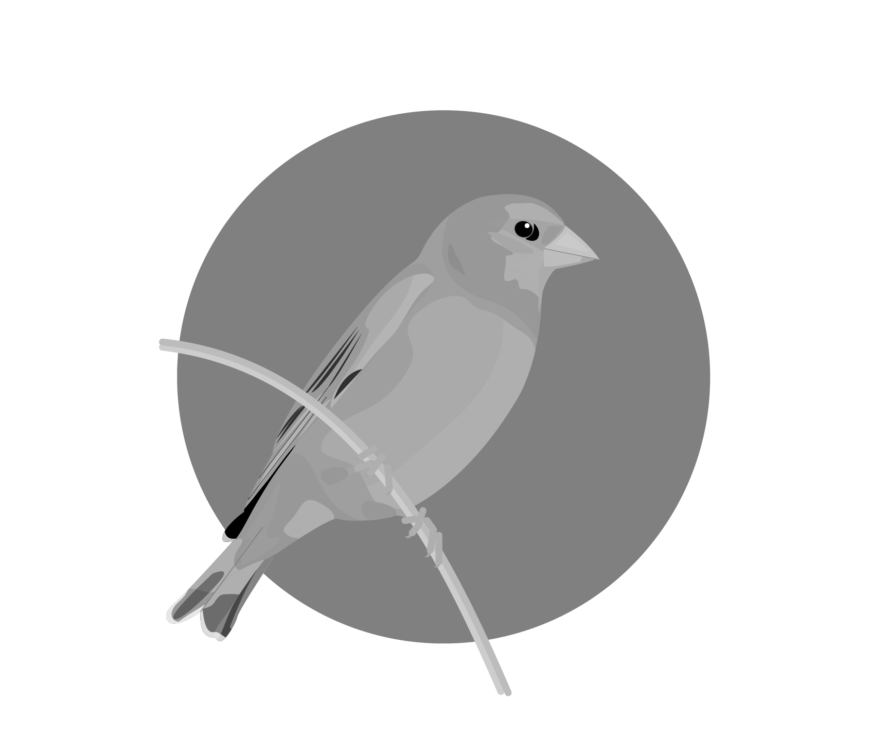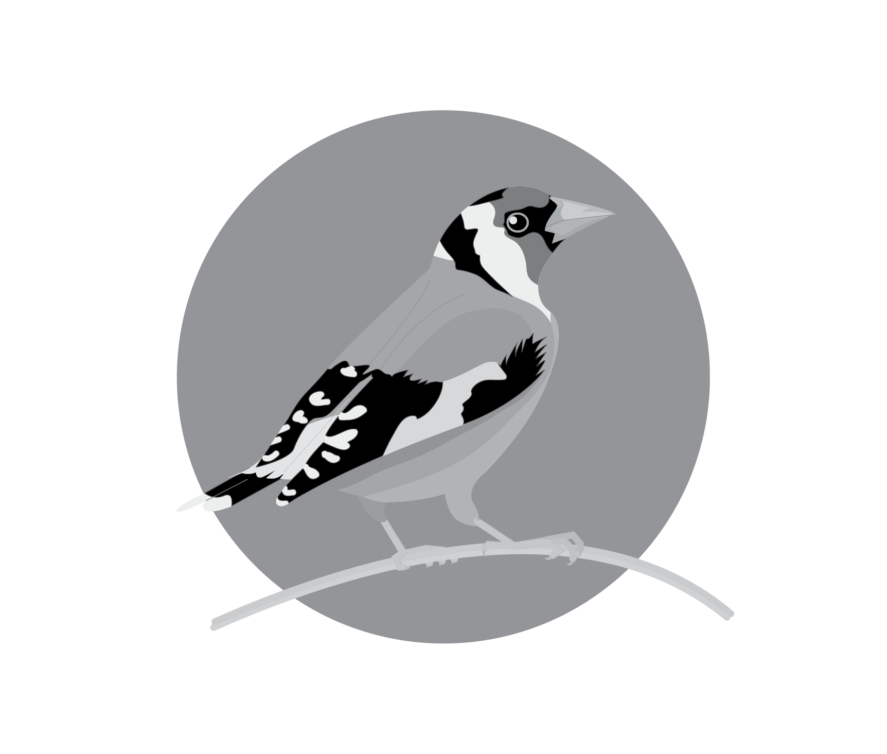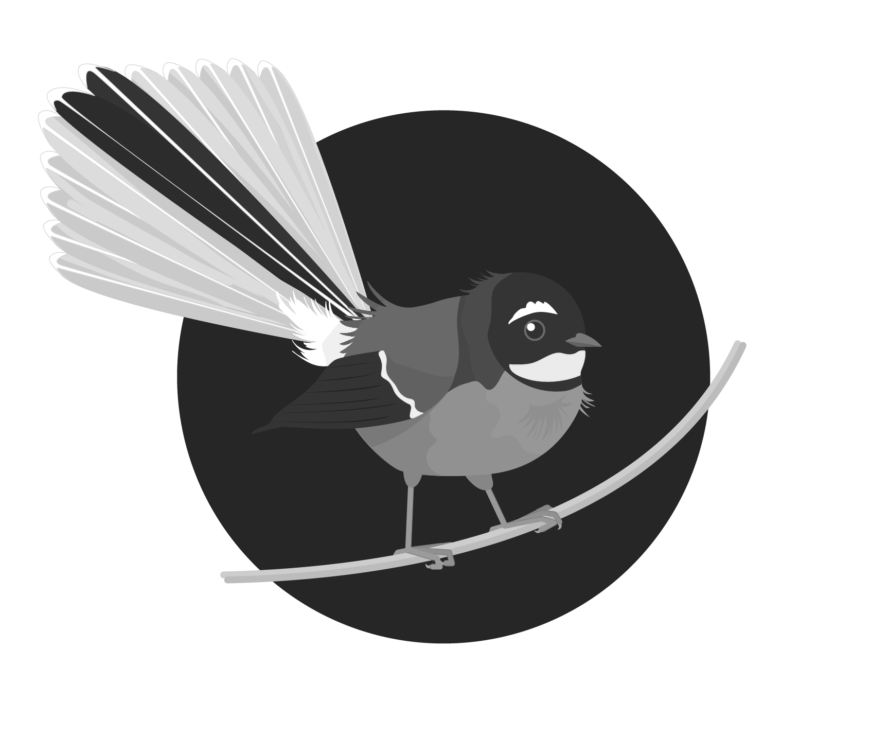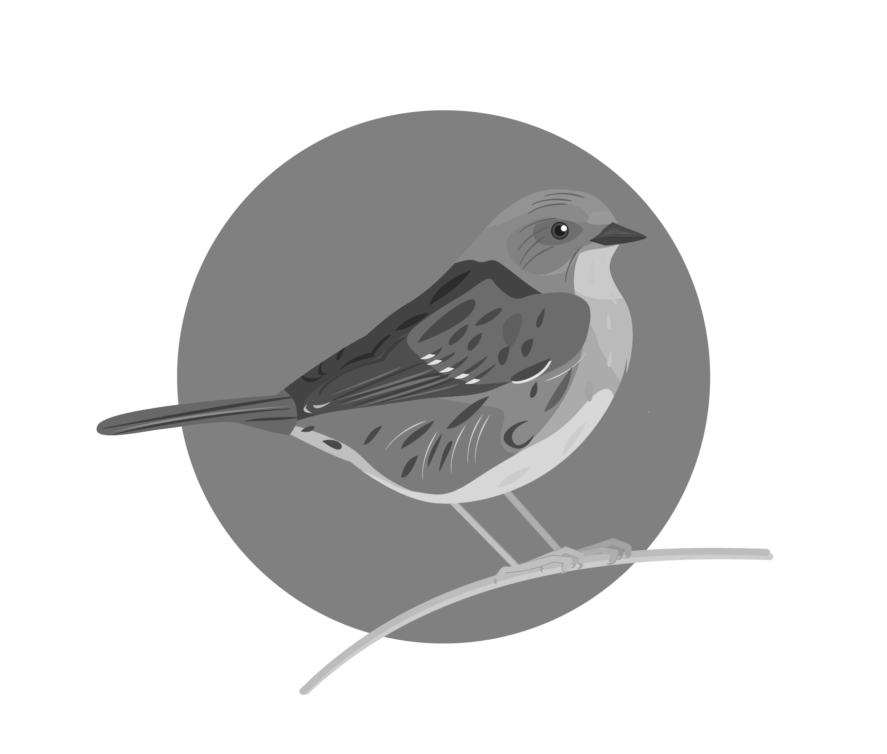-
Troppo Plant & Garden Articles
- Delicious Recipes
- TROPPO’s Food Forest in Te Puke, BOP (www,foodforest.org.nz)
- Troppo’s Plant Collection
- TROPPO's Nursery Directory
- Food Forests of New Zealand (www.foodforests.nz)
- Nursery Map - Plant Suppliers of NZ Directory (www.nurserymap.nz)
- Kids Garden Corner
- New Zealand Garden Bird Survey
- New Zealand Garden Groups
Myna
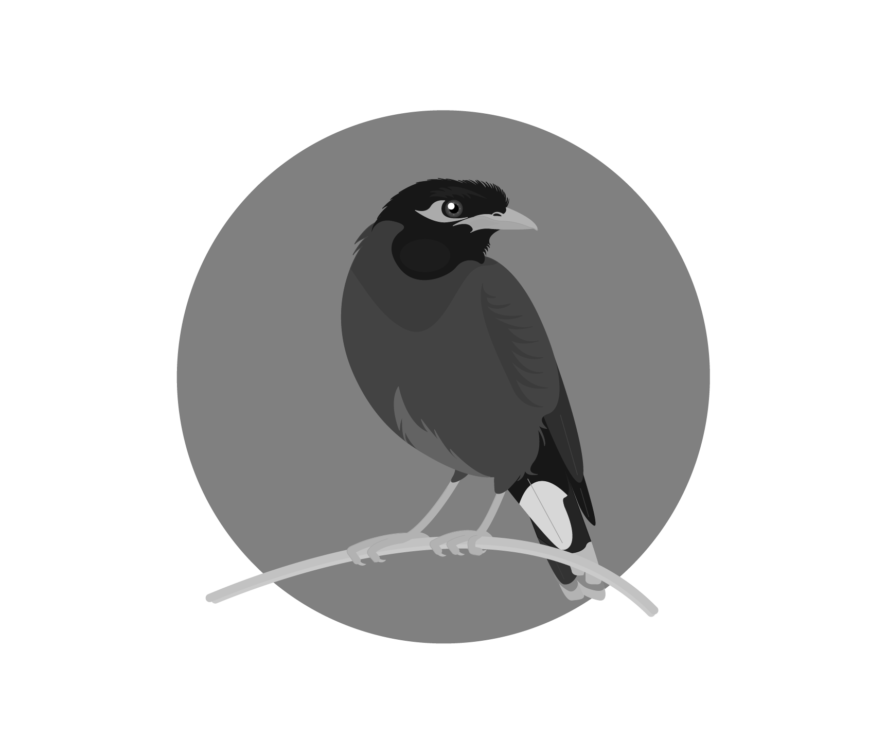
The Invasive Myna of New Zealand
The Common Myna (Acridotheres tristis), also known as the Indian Myna, is an introduced species in New Zealand. Known for its adaptability and aggressive behavior, the Myna has become a common sight in urban and suburban areas, often causing concern due to its impact on native bird species.
Appearance
Mynas are medium-sized birds, about 25 cm in length. They have a distinctive appearance with a brown body, black head, and bright yellow patches around their eyes and on their legs. Their wings are marked with white patches visible during flight. Both males and females look alike, with the same bold and striking features.
Habitat and Distribution
Mynas are highly adaptable and thrive in a variety of environments, particularly in urban and suburban areas. They are commonly found in cities, towns, gardens, and agricultural areas across the North Island of New Zealand. Their ability to exploit human-modified landscapes has contributed to their widespread distribution.
Diet
The diet of Mynas is highly varied and opportunistic. They are omnivorous, feeding on fruits, seeds, insects, small animals, and food scraps. In urban areas, they are often seen scavenging in garbage bins and around outdoor dining areas. Their versatile diet allows them to thrive in diverse environments.
Behavior and Song
Mynas are known for their loud and varied vocalizations, which include whistles, squawks, and mimicked sounds. They are highly social and often seen in pairs or small flocks. Their behavior is bold and aggressive, particularly when competing for nesting sites or food resources. They are also known to displace native bird species, impacting local biodiversity.
Breeding
The breeding season for Mynas in New Zealand typically runs from October to March. They build nests in tree hollows, buildings, and other sheltered locations. The female lays 3-6 eggs per clutch, and both parents share the duties of incubation and feeding the chicks. Mynas are known to be aggressive defenders of their nests.
Conservation Status
As an introduced and invasive species, the Myna is not considered at risk in New Zealand. However, their presence poses a threat to native bird populations through competition for food and nesting sites. Efforts to control their population and mitigate their impact on native species are ongoing.
Conclusion
The Common Myna is a highly adaptable and resilient bird that has established itself across New Zealand’s North Island. While their presence adds to the avian diversity, their aggressive behavior and impact on native species are causes for concern. Managing their population is crucial to protecting New Zealand’s native birdlife and maintaining ecological balance.

